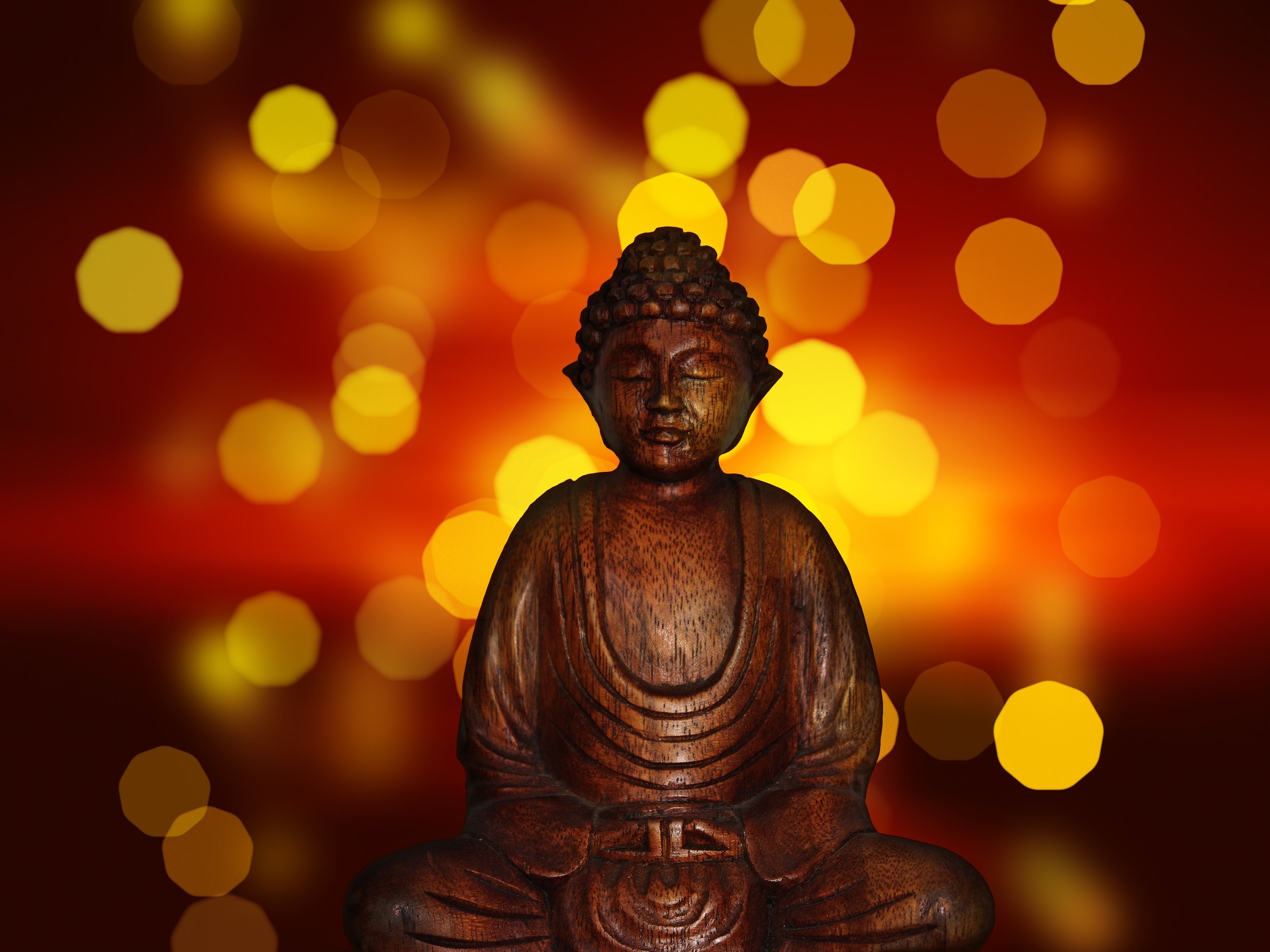Why use mindfulness
Mindfulness allows you to be in the present moment and become more aware of your emotions and reactions without judgement. It has the ability to gently build inner strength & resilience, tolerance, improve mental clarity and emotional intelligence.
Mindfulness also helps improve mood and sleep.
It helps to relieve stress, reduce negative thoughts & feelings.
Positive psychological effects include increased feelings of well-being, reduced emotional reactivity and improved regulation of behavior.
It helps you to become aware of your own thoughts, gives you a moment to pause and enhances focus and problem solving.
It’s beneficial for common forms of psychological distress e.g. anxiety, worry, fear & anger.
Tips about starting your practice
Mindfulness techniques can be done in as little as 3 minutes or as long as you like.
It can be done passively or actively e.g. walking meditation.
The more you practice the easier it gets. The type of mindfulness activity you choose can be flexible and depend on your availability of time and personal preferences.
It may be difficult for some people to switch off their mind – which is ok. It is about becoming aware of your thoughts & letting them pass.
You may need to try different techniques before you find one that suits you.
Different types of mindfulness/meditation
Breath awareness meditation: Focus your entire attention on breathing in and out, how your abdomen rises and goes down with each breath. If thoughts start crowding in, gently let them go and refocus on your breathing.
Progressive relaxation or body scan: A practice where you focus on each individual body part in turn, from head to toe. Some people like to tense each body part and then completely relax.
Walking meditation: Concentrate on the feel of the ground under your feet, breathing while walking & observe what is around you as you walk, staying in the present & enjoy the moment.
The observer-thought meditation: This teaches you to notice as thoughts arise, label them as positive or negative, but avoid getting absorbed in them.
Five senses meditation: What are 1-2 things you can see, feel, hear, smell or taste. This exercise is used to quickly ground yourself in the present when you only have a moment. The goal is to notice something that you are currently experiencing through each of your senses.
Loving-kindness meditation: A meditation to improve positive feelings of love and care, toward a close loved one, to yourself and others.
Guided visualisation: Practiced by listening to guided meditation with or without music. It focuses on visualisation and designed to deepen your body awareness, calm your mind and improve relaxation.
Different breathing techniques
There are numerous breathing techniques you can practice during mindfulness practice. The easiest breathing technique is to count your breaths, start by counting 1 on the inhale, 2 on the exhale, 3 on the inhale and so forth.
Some other breathing techniques include:
Abdominal Breathing Technique: With one hand on the chest and the other on the belly, take a deep breath in through the nose, ensuring the abdomen (not the chest) inflates higher than the chest. Take 6 to 10 deep, slow breaths per minute and aim for 10 minutes each day to experience reductions in stress response and heart rate.
Box breathing: Helpful during extreme stress, where you practice the following process: Inhale for a count of 4 ... hold your breath for a count of 4 ... exhale for a count of 4 ...wait at the very end of the exhale for a count of 4, and repeat. This is a deep breathing exercise that has been shown to calm and regulate the nervous system.
The Breathing Waltz: Breath in for a count of 3 ... Hold your breath for a count of 3 ... Breath out for a count of 3. Repeat steps 1 to 3 for a period of one minute or as long as needed.
The 4-7-8 technique: Breathe in quietly through the nose for 4 seconds ... hold the breath for a count of 7 seconds ... exhale forcefully through the mouth, pursing the lips and making a "whoosh" sound, for 8 seconds. Repeat the cycle up to 4 times
A practice such as mindfulness is not only beneficial to both mind and body, it is free and has a positive impact on overall health and wellbeing. It is safe to do and anyone can try it no matter what age. It can be done as a stand alone practice or combined with psychological or other therapies.



